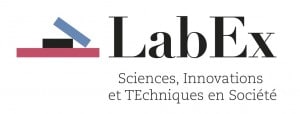Abstract
In the last couple of decades, one of the significant developments in digital STS is the rapidly growing use of digital methods and tools for data harvesting, analysis and visualization. The increasing availability and deployment of digital tools raise questions about how to develop an analytic practice that reconciles the theoretical sensibilities of STS with tools and data that may be associated with different sets of assumptions and affordances. The article explores these challenges by reporting on two related digital STS projects that were carried out at the Techno-Anthropology Lab in Copenhagen. Drawing on science historian Peter Galison{textquoteright}s notion of trading zones, the article analyzes how project participants from different communities of practice exchanged and combined tools, theories and projects in a variety of ways. The article identifies two particular trading strategies, and in the final discussion, it reflects on what these strategies might indicate about the future development of digital STS.
See all documents refering Cortext Manager






